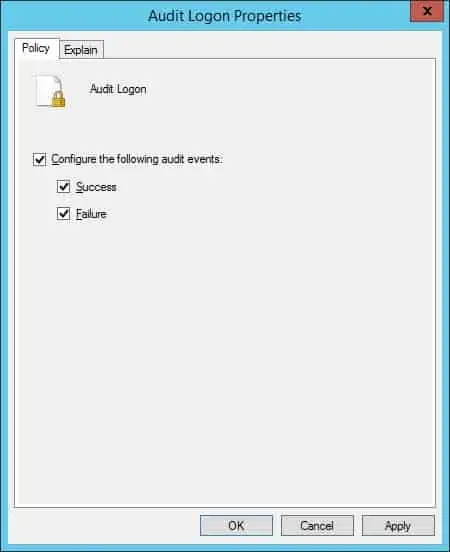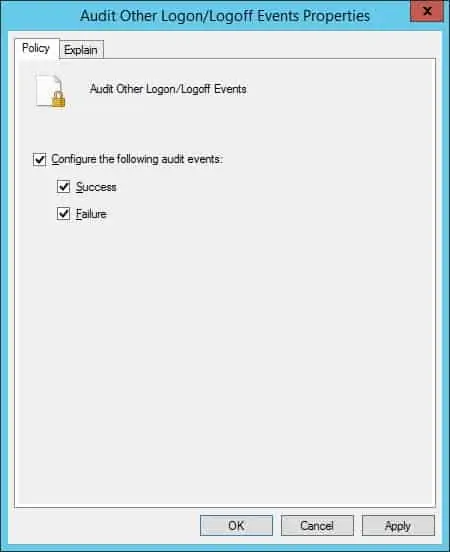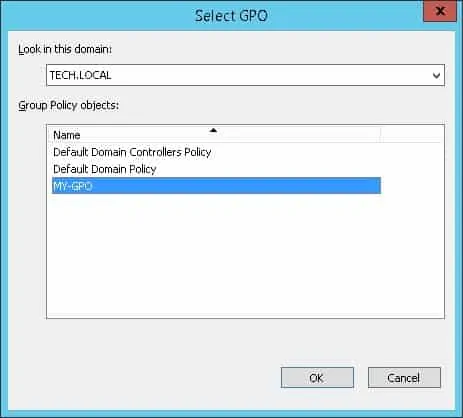Would you like to learn how to configure a group policy to audit the logon success and failure? In this tutorial, we will show you how to configure the logon audit feature using a GPO.
• Windows 2012 R2
• Windows 2016
• Windows 2019
• Windows 10
• Windows 7
Equipment list
The following section presents the list of equipment used to create this tutorial.
As an Amazon Associate, I earn from qualifying purchases.
Windows Related Tutorial:
On this page, we offer quick access to a list of tutorials related to Windows.
Tutorial GPO - Audit logon success and failure
On the domain controller, open the group policy management tool.

Create a new group policy.

Enter a name for the new group policy.

In our example, the new GPO was named: MY-GPO.
On the Group Policy Management screen, expand the folder named Group Policy Objects.
Right-click your new Group Policy Object and select the Edit option.

On the group policy editor screen, expand the Computer configuration folder and locate the following item.
Access the folder to Audit logon and logoff.

Edit the configuration item named Audit logon.
Enable the options to audit logon successful and failed attempts.

Edit the configuration item named Audit logoff.
Enable the options to audit logoff successful and failed attempts.

Optionally, enable the configuration item named Audit Other Logon, Logoff Events.

This option will enable the audit of screen lock and unlock, RDP connections and RDP disconnects.
To save the group policy configuration, you need to close the Group Policy editor.
Congratulations! You have finished the GPO creation.
Tutorial GPO - Audit logon events
On the Group policy management screen, you need to right-click the Organizational Unit desired and select the option to link an existent GPO.

In our example, we are going to link the group policy named MY-GPO to the root of the domain.

After applying the GPO you need to wait for 10 or 20 minutes.
During this time the GPO will be replicated to other domain controllers.
On a remote computer, start an elevated Powershell command-line.

Verify the advanced logon security audit policy settings.
Here is the command output.
List failed logon attempts.
Here is the command output.
Get details from the last failed logon attempt.
Here is the command output.
List successful logon attemps.
In our example, we configured a GPO to audit logon success and failure events.
